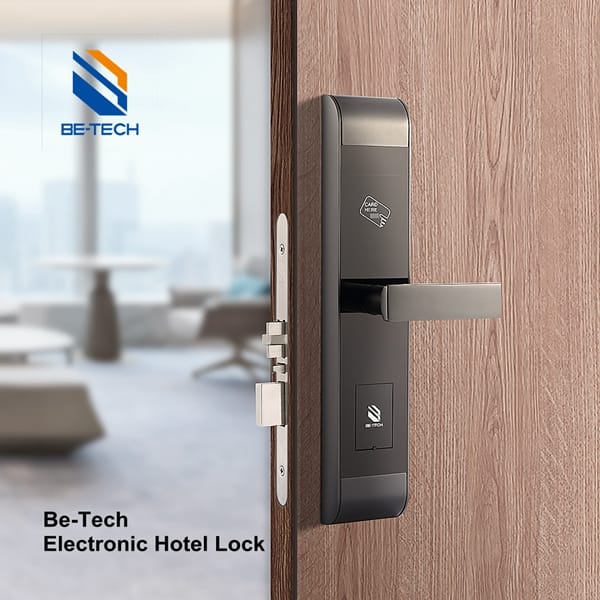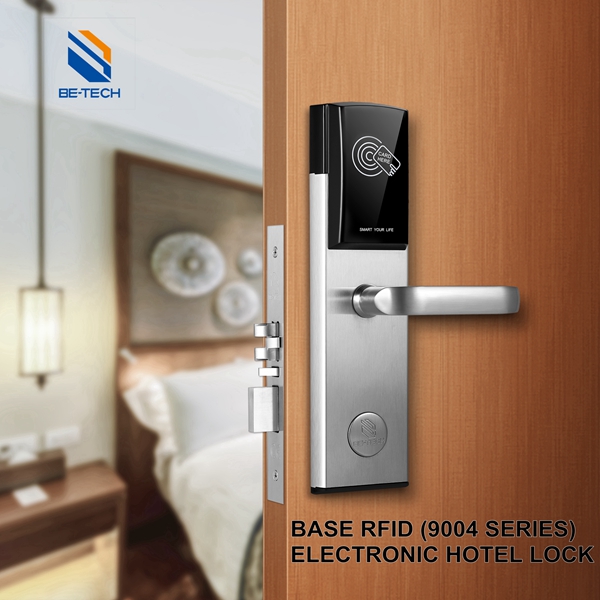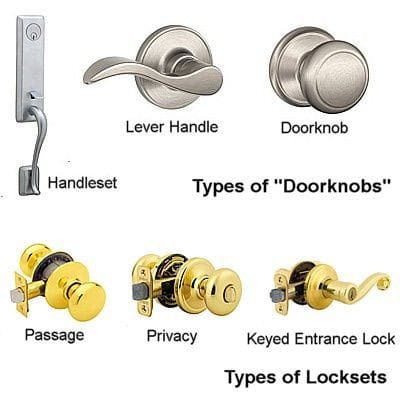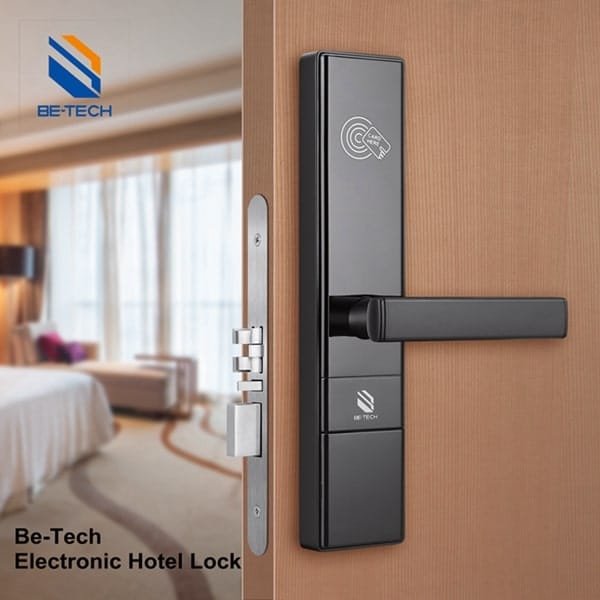Understanding electronic mortise locks is essential for enhancing security in both residential and commercial environments. These advanced locking mechanisms combine traditional mortise designs with modern electronic technology, offering convenience, safety, and efficiency. This comprehensive guide explores everything you need to know about electronic mortise locks, including their definition, applications, benefits, usage instructions, and product recommendations from Be-tech.
Definition of Electronic Mortise Lock
An electronic mortise lock is a sophisticated locking system that is installed within a pocket (or mortise) cut into the edge of a door. Unlike traditional locks that require physical keys, electronic mortise locks operate electronically through various access methods such as keypad codes, RFID cards, biometric scans, or smartphone applications. These locks are designed for high security and are commonly used in residential homes, hotels, and commercial buildings due to their durability and advanced features.

Applications of Electronic Mortise Locks
Electronic mortise locks are versatile and can be utilized in various contexts:
- Residential Use: Homeowners can enhance their security by installing electronic mortise locks on entry doors. These locks provide keyless access for family members and guests while reducing the risk of lost keys.
- Commercial Properties: Businesses often use these locks to manage access control for employees, allowing for temporary codes or RFID access cards. This feature is particularly beneficial in environments requiring frequent staff changes.
- Hospitality Industry: Hotels frequently employ electronic mortise locks to streamline guest access while ensuring security. For example, Be-tech’s Guardian RFID system integrates seamlessly with hotel management systems to enhance guest experience and security.
- Educational Institutions: Schools and universities utilize electronic mortise locks to secure dormitories and administrative buildings, allowing for controlled access during specific hours.
Benefits of Electronic Mortise Locks
The advantages of electronic mortise locks include:
- Enhanced Security: These locks often come equipped with advanced features such as audit trails that log entries and exits, making it easier to monitor who accessed a space.
- Convenience: Keyless entry eliminates the need for physical keys, reducing the risk of loss or theft. Users can easily grant or revoke access remotely.
- Integration with Smart Systems: Many electronic mortise locks can be integrated into smart home or building management systems, allowing for remote monitoring and control.
- Durability: Built with robust materials, electronic mortise locks are designed to withstand wear and tear better than traditional locks.
For instance, Be-tech offers a range of products like the Smart Deadbolt, which combines security with user-friendly features suitable for residential use.
How to Use an Electronic Mortise Lock
Using an electronic mortise lock typically involves the following steps:
- Installation: Ensure the lock is properly installed within the door’s mortise. This may require professional assistance for optimal placement.
- Programming Access Codes: Follow the manufacturer’s instructions to set up user codes or register RFID cards. Most models allow multiple users with unique codes.
- Daily Operation:
- To unlock via keypad: Enter the correct code.
- To unlock using RFID: Hold the card near the reader until it beeps.
- For biometric models: Place your finger on the scanner as instructed.
- Maintenance: Regularly check battery levels (if applicable) and keep the locking mechanism clean to ensure smooth operation.
Be-tech’s products often come with user-friendly interfaces that simplify setup and operation, making them suitable for both tech-savvy users and those less familiar with technology.
Common Misconceptions
Several myths surround electronic mortise locks:
- Myth 1: They are not secure.
- Fact: When properly installed and maintained, they offer high levels of security comparable to traditional locks.
- Myth 2: They require constant power.
- Fact: Most models operate on batteries and include backup options in case of power failure.
- Myth 3: They are too complicated to use.
- Fact: Many models feature intuitive designs that make them easy to operate for all users.
Installation Tips
To ensure optimal performance from your electronic mortise lock:
- Ensure proper alignment of the lock tongue with the strike plate during installation.
- Regularly test functionality after setup to confirm everything operates smoothly.
- Consult manufacturer guidelines for specific maintenance recommendations.
Conclusion
Understanding what an electronic mortise lock is and its functionalities can significantly enhance your security measures at home or in business environments. With their advanced features and ease of use, these locks provide a reliable alternative to traditional locking mechanisms. Explore Be-tech’s range of products to find the perfect solution that meets your security needs while enjoying the convenience of modern technology.
By integrating these innovative locking systems into your security strategy, you not only protect your assets but also streamline access management effectively. For further information on enhancing your security solutions with Be-tech products, visit their official website at Be-tech.








